The COVID-19 pandemic spread quickly throughout the world, forcing many countries to implement restrictive measures such as lockdowns, social distancing and the need to wear face masks.
As a result, psychological stress and anxiety has adversely affected the gastrointestinal (GI) functions and quality of life of thousands of people.
Studies done in Japan and Italy confirmed that GI symptoms increased during the lockdown periods and that anxiety played a key role by worsening some of them, such as chest pain, epigastric discomfort and abdominal pain.
Functional gastrointestinal disorders (FGIDs) are common conditions that affect the general population. Functional dyspepsia (FD) is one of the most common FGIDs but is an under-recognised syndrome.
Unrelated to organic dyspepsia, which is associated with ulcers, for example, FD is a common digestive disorder comprising recurrent postprandial symptoms such as epigastric pain, fullness, early satiety and burning.
Some also experience nausea, bloating, belching and heartburn. FD affects at least 20–30% of the global population and represents 4–5% of all primary care physician visits.1,2
The causes of FD are not clear; but, they could be associated with eating habits, diet, food allergies/intolerances, lifestyles, medication side-effects, excessive acid secretion, delayed emptying of the stomach, changes in the gut microbiota, smoking, stress and anxiety.
Beyond being a common digestive complaint that almost everyone will experience in their life, FD is also encountered in irritable bowel syndrome, non-alcoholic fatty liver disease, obesity and diabetes.
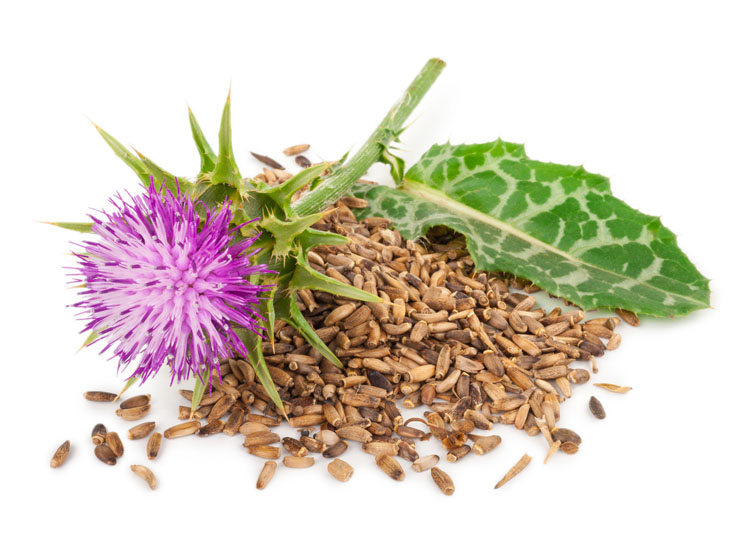
An ancient remedy
In traditional Chinese medicine (TCM), FD is associated with disharmony between the liver and stomach. This traditional principle of medicine explains how, under abnormal conditions, both over-restriction and counter-restriction can lead to disharmony in the relationship between the two organs.
Based on the principle of TCM, Asdamarin has been developed by Vidya Herbs; combining two well-known plants that have been used to treat stomach and liver functions, respectively, it offers a two-pronged approach to rapid FD relief. The first source, Ferula asafeotida, known in Ayurveda as Hing, is a traditional Indian plant that’s used to help digestion.
Hing is also recognised for other functionalities, such as renal protection, hypolipidemia, antiatherosclerosis, cardio protection, treating insulin resistance and cognition improvement.
The second plant is Silybum marianum (milk thistle), which is very well-known in Europe for its hepatoprotective activity. The plant is used extensively to treat liver disorders owing to its potential antioxidant and hepatoprotective effects.
Milk thistle has also been studied for hypoglycaemic and antidiabetic activities. By combining extracts of these two plants, Asdamarin, a natural treatment for FD with simultaneous liver and stomach effects, has been formulated.
Two plants, two targets, multiple benefits
As described in TCM, liver-stomach disharmony syndrome is a vicious circle in which altered liver or stomach functions consequently alter the function and activity of the other organ, inducing and maintaining FD and poor digestion.
For instance, liver inflammation may lead to reduced gastric emptying that may, as a consequence, promote liver disease. It has been confirmed, for instance, in cirrhosis, a disease characterised by liver inflammation. It is also known that cirrhosis has an impact on GI function by decreasing stomach emptying.
In laboratory experiments, a group treated with Asdamarin exhibited significant percentage increases in gastric emptying (47.97 ± 3.21) compared with the control group (9.07 ± 15.62) and those taking Domperidone, the standard reference (65.77 ± 8.67) (Figure 1).
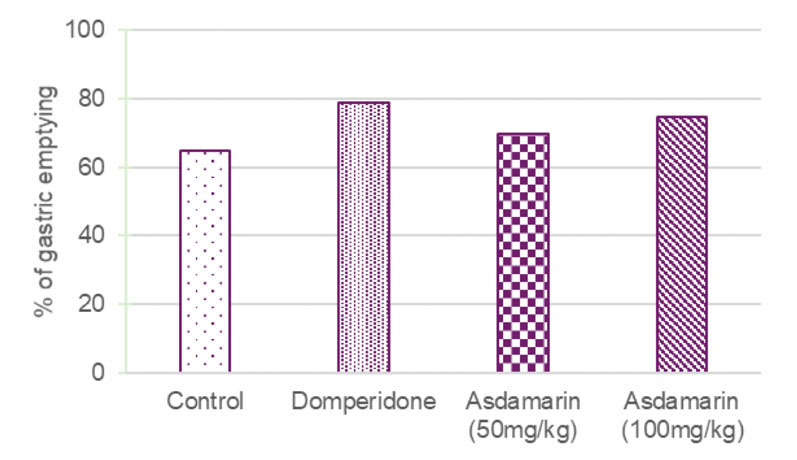
Figure 1: Improved gastric emptying with Asdamarin
Additionally, gastrointestinal transit (GIT) was found to be significantly increased in the extract and standard drug groups compared with the control.
The increase in GIT was 59.99% in the single dose Domperidone treated group, whereas the group treated with the extract showed significant improvements in GIT by 68.00, 66.54 and 70.28%, respectively, at doses of 10, 25 and 50 mg/kg of extract (Figure 2). It was then demonstrated that Asdamarin presents similar prokinetic activity to Domperidone.3
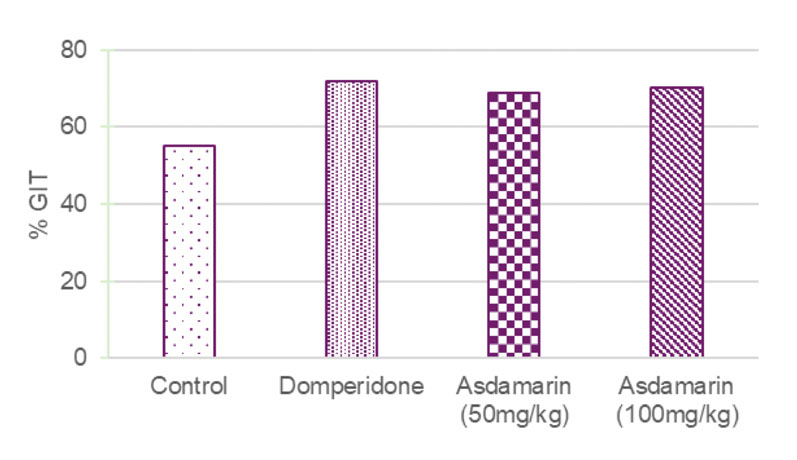
Figure 2: Improved GIT
Clinically demonstrated efficiency
A randomised, double-blind, placebo-controlled, parallel group pilot study with 70 healthy volunteers has been done to assess the efficiency of Asdamarin on functional dyspepsia.4
The volunteers were divided in two groups: the verum group was assigned to take 250 mg of Asdamarin (orally) plus 150 mg of maltodextrin twice a day, morning and night, after food for 7 days; the placebo group was assigned to take 400 mg of maltodextrin (orally) twice a day, morning and night, after food for 7 days. The verum and placebo capsules had similar appearance, odour and taste profiles.
Subjects were evaluated from baseline to the end of the trial by recording changes in three standardised questionnaires: the Gastrointestinal Symptom Rating Scale (GSRS), the Glasgow Dyspepsia Severity Score (GDSS) and the short form Nepean Dyspepsia Index (NDI-SF) for Quality of Life.
The GSRS is a disease-specific and self-administered questionnaire designed to evaluate the perceived severity of gastrointestinal symptoms during the previous week, including 15 items and using a seven-grade Likert scale.
GDSS is a validated multidimensional disease-specific scale for dyspepsia. It focuses on the frequency of dyspepsia symptoms and the effect they have on normal activities and the ability to work, the need for consultations with physicians and/or diagnostic investigations, and the need for over-the-counter and/or prescription medication.
NDI-SF is a reliable and valid measure of quality of life in non-ulcer-related FD. It consists of 10 questions with five domains (tension, interference with daily activity, eating/drinking, knowledge/control, work/study).
The results showed a significant decrease (p <0.001) in the GSRS score in the Asdamarin group (from 32.11 ± 8.6 at baseline to 19.11 ± 5.4 at end of study (EOS) compared with the placebo group (from 25.23 ± 3.6 at baseline to 23.2 ± 4.9 at EOS).
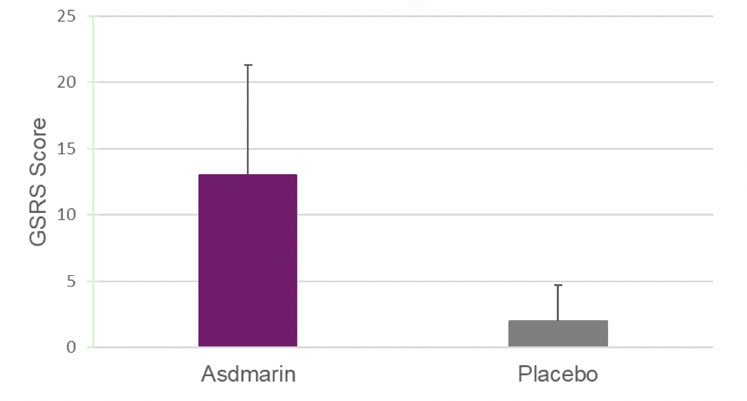
Figure 3: GSRS score reduction after 7 days
At the end of the study, a highly significant (p <0.001) mean change from baseline in the GSRS score was observed in the Asdamarin group (13.0 ± 8.3) compared with the placebo group (2.0 ± 2.7) (Figure 3).
Compared with the baseline, a significant GDSS reduction (p <0.001) was noted in the Asdamarin group (from 5.66 ± 3.1 at baseline to 5.09 ± 2.8 at EOS) compared with the placebo group (from 2.77 ± 1.3 at baseline to 2.69 ± 1.3 at EOS).
A significant (p <0.05) mean change from baseline GDSS was observed in the Asdamarin group (0.57 ± 1.7) compared with the placebo group (0.08 ± 0.4) at the end of the study (Figure 4).
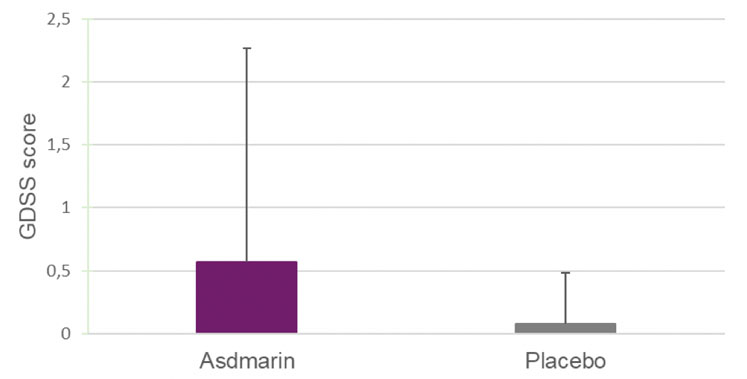
Figure 4: GDSS reduction after 7 days
Compared with the baseline, a significant NDI-SF reduction (p <0.001) was observed in the Asdamarin group (from 15.74 ± 4.1 at baseline to 11.54 ± 2.1 at EOS) versus the placebo group (from 12.54 ± 3.2 at baseline to 11.63 ± 2.6 at EOS).
Also, a significant (p <0.001) mean change from baseline in the NDI-SF scoring was observed in the Asdamarin group (4.2 ± 4.08) compared with the placebo group (0.91 ± 2.2) at the end of the study (Figure 5).
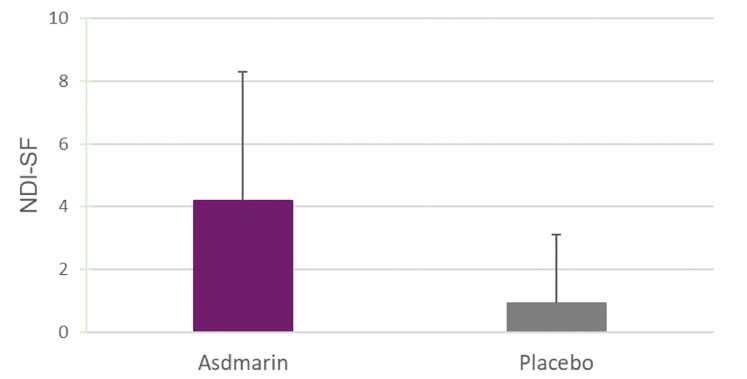
Figure 5: NDI-SF score reduction after 7 days
These results show that the twice-daily consumption of 250 mg of Asdamarin for only 7 days significantly relieves functional dyspepsia with a notable reduction in the severity of the symptoms.
The logical consequences are a significant improvement of digestion and a markedly improved quality of life. Asdamarin did not cause any adverse events and was very well tolerated.
Conclusion
Asdamarin is an efficient natural alternative that simultaneously reharmonises the relationship between the liver and stomach to relieve functional dyspepsia, aid digestion and improve the quality of life of sufferers during these times of stress and anxiety.
With ingredients completely dedicated to consumer needs, validated by historical use and modern science, Vidya Herbs helps consumers to improve their health and quality of life.
Vidya Herbs selects high quality raw materials with total traceability and guarantees their botanical variety to develop and provide alternative natural solutions to formulators, helping them to develop efficient products for the benefits of their consumers.
References
- U.C. Ghoshal and R. Singh, “Functional Dyspepsia: The Indian Scenario,” J. Assoc. Physicians India 60(Suppl.), 6–8 (2012).
- www.medscape.com/viewarticle/444547.
- R. Illuri, et al., “Sub-Acute and Acute Toxicity of Ferula asafoetida and Silybum marianum Formulation and Effect of the Formulation on Delaying Gastric Emptying,” BMC Complement. Altern. Med. 19, 159 (2019).
- D. Daguet, et al., “Asdamarin Relieves Functional Dyspepsia in Healthy Adults in Only 7 Days: A Randomized, Double-Blind, Placebo-Controlled Pilot Study,” Ann. Clin. Gastroenterol. Hepatol. 5, 18–24 (2021).
